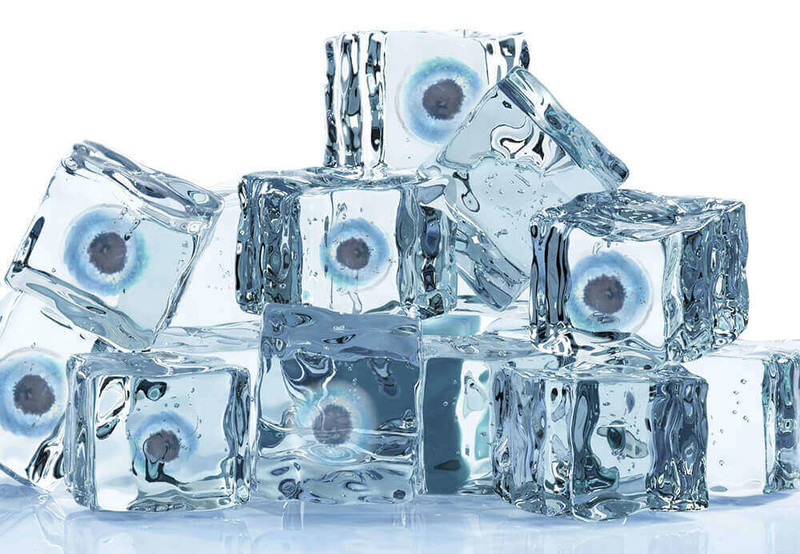 Egg freezing is a procedure to preserve a woman's eggs (oocytes) frozen when they are young and healthy, to help them achieve pregnancy later.
Egg freezing is a procedure to preserve a woman's eggs (oocytes) frozen when they are young and healthy, to help them achieve pregnancy later.
It involves collecting a woman’s eggs, freezing them and then thawing them later on so they can be used in fertility treatment.
A woman’s chances of conceiving naturally fall as she gets older because the quality and number of her eggs drops. Egg freezing can be an attempt to preserve fertility by freezing the eggs when the woman is young and the eggs are of the highest quality.
The most common reasons to freeze the eggs
- To delay pregnancy for personal reasons, preserving the chance of having a genetic child.
- To be diagnosed with cancer followed by chemotherapy, radiation, or surgery that could impact the eggs quality.
- Non-cancerous disorder impacting the fertility, such as removal of both ovaries to treat a benign tumour, endometriosis.
- Women who test positive for the BRCA gene or who have a strong family history of ovarian cancer may elect to undergo prophylactic (pre-emptive) removal of the ovaries.
- Women with autoimmune disease using medications that are impacting eggs quality.
What egg freezing involves
In order to retrieve eggs for freezing, a woman undergoes the same initial stages of the IVF process. It takes approximately three weeks to complete the egg freezing cycle and includes hormone injections that stimulate ovaries to produce multiple eggs.
Before the egg-freezing process begins, a comprehensive medical history with a focus on fertility takes place and is followed by a range of blood tests to assess hormone levels.
In order to maximize the number of available eggs, a woman will undergo hormone treatment to stimulate the production of eggs, injecting herself with hormones at home by the protocol done by doctor. Eggs development is monitored by ultrasound.
After an ultrasound confirms follicles are ready for egg retrieval final maturation induction follows by injectable GnRH agonist or human chorionic gonadotrophin (hCG). The eggs are than collected vaginally under the anaesthesia and the ultrasound monitoring by suction one by one. The eggs are immediately frozen in lab.
Vitrification method
The egg is the largest cell in the human body and contains a high amount of water. When the egg is frozen, the ice crystals form and can destroy the integrity of the cell. To prevent this, modern vitrification method is used. Vitrification means that the liquid in the egg is removed and replaced with a cryoprotectant.
Once the egg is loaded with cryoprotectant (a solid glass-like cell, free of ice crystals ) it is submerged in liquid nitrogen (-196°C) and the egg is “flash frozen”. Frozen eggs are stored in cryo-tanks where they can be stored for any time before being used/or transferred to fertility clinic for initial fertility treatment.
Success rates when using frozen eggs
Studies show fertilisation and pregnancy rates are similar to IVF with fresh oocytes when vitrified oocytes are used as part of IVF.
There are factors that impact the success of egg freezing and thawing procedures:
- Age when eggs are being frozen, younger women tend to produce more eggs that are less likely to have anomalies.
- Age when eggs are thawed and used for IVF, younger women are more likely to have successful pregnancies.
- Sperm quality, healthy sperm is more likely to produce a healthy embryo and a successful pregnancy.
- The IVF clinic, the success rates of freezing and thawing eggs vary between clinics.
- The number of eggs, freezing a larger number of eggs offers more opportunities for successful IVF cycles.
__ __
TIP: what to read on our blog next: Are you familiar with the IVF procedure? Find out: IVF treatment: Basic recap overview
